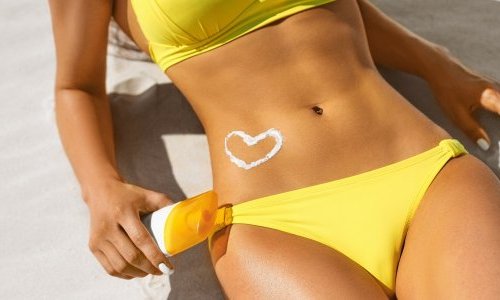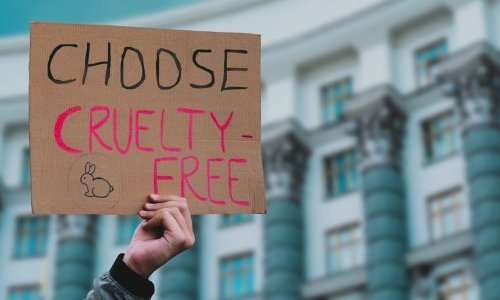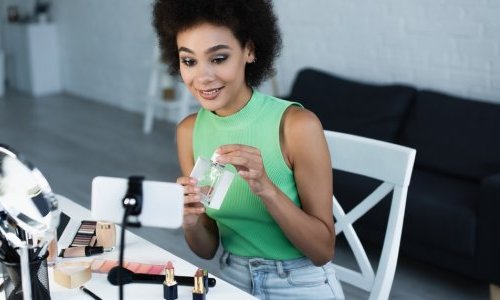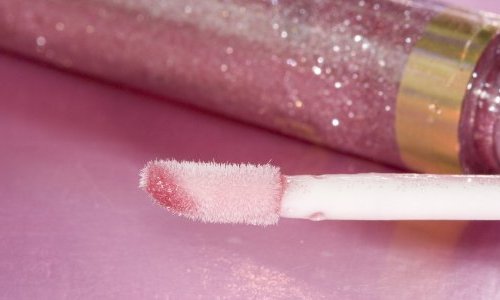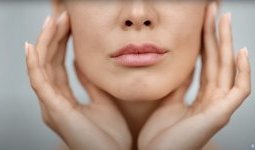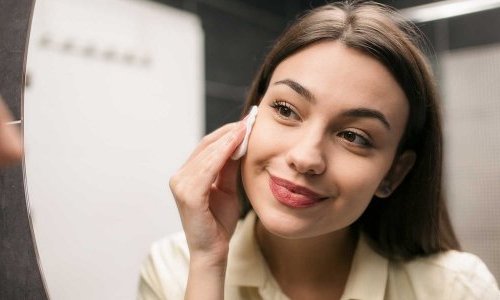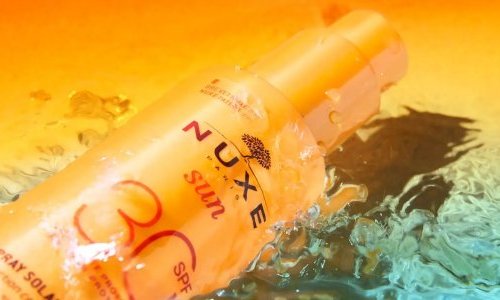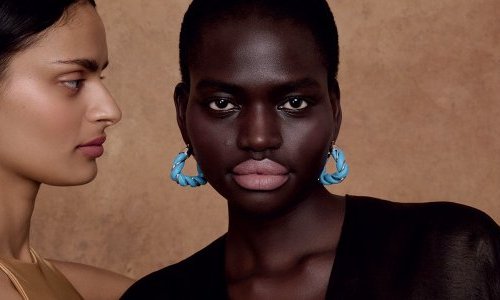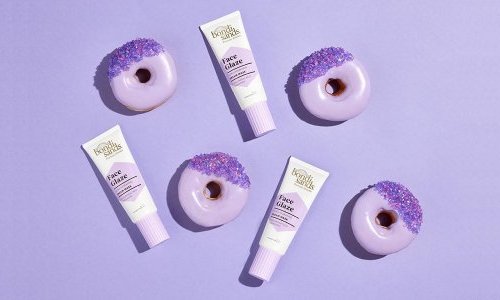These new decisions follow a risk assessment by the independent Scientific Committee on Consumer Safety (SCCS).
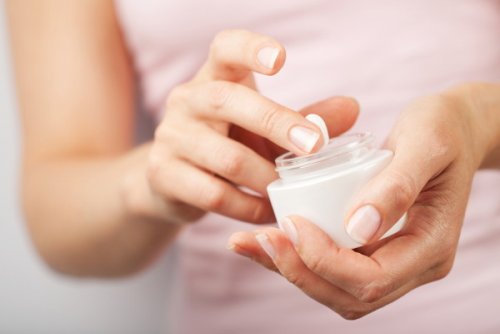
© Olga Miltsova / shutterstock.com
New restrictions on parabens
The first measure adopted by the Commission [1] limits the maximum concentration of Propylparaben and Butylparaben, from currently allowed limit of 0.4% when used individually and 0.8% when mixed with other esters, to 0.14%, when used individually or together.
Furthermore, the two preservatives are being banned from leave-on products designed for the nappy area of young children below the age of three. Indeed, the Commission explains, “existing skin irritation and occlusion may allow increased penetration than intact skin.”
The new rules will apply for products put on shelves after April 16, 2015. Non-complying products must be withdrawn from the market by October 16, 2015.
You can download Commission regulation (EU) No 1004/2014 here below:
Earlier this year, the Commission banned the use of five other parabens in cosmetic products - Isopropylparaben, Isobutylparaben, Phenylparaben, Benzylparaben and Pentylparaben [2] due to the lack of data necessary for reassessment. Products placed on the market after 30 October 2014 will have to be free from these substances. However, this decision was a mere reflect of the industry’s practice as most manufacturers had already banned these substances from their formulations.
Restriction regarding the MCI/MI mixture
Secondly, the Commission bans the mixture of Methylchloroisothiazolinone and Methylisothiazolinone (MCI/MI) from leave-on products such as body creams [3]. The measure is aimed at reducing the risk from and the incidence of skin allergies.
You can download Commission regulation (EU) No 1003/2014 here below:
However, the mixture can still be used in rinse-off products, such as shampoos and shower gels at a maximum concentration of 0.0015 % of a mixture in the ratio 3:1 of MCI/MI.
The measure will apply for products placed on the market after July 16, 2015. Non-complying products must be withdrawn from the market by April 16, 2015. Last December, Cosmetics Europe, the association representing the personal care industry in Europe, recommended to discontinue the use of methylisothiazolinone (MIT) in leave-on skin products, including cosmetic wet wipes.
The status of Methylparaben and Ethylparaben remains unchanged
However, the Commission also reiterated the important role of preservatives for the safety of consumers. “Preservatives in cosmetics serve a valuable function ensuring that the products we use on a daily basis are free from pathogens. We need however to ensure that the preservatives guarantee the maximum degree of protection," said the European Commissioner for Consumer Policy, Neven Mimica.
The status of other parabens, like Methylparaben and Ethylparaben, remains unchanged. The EU Commission reminded that the Scientific Committee on Consumer Safety (SCCS) has repeatedly confirmed them as safe. “They are also some of the most efficient preservatives,” the Commission added.


